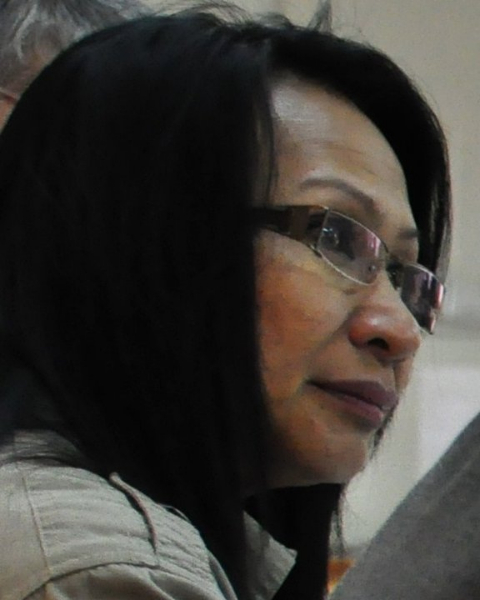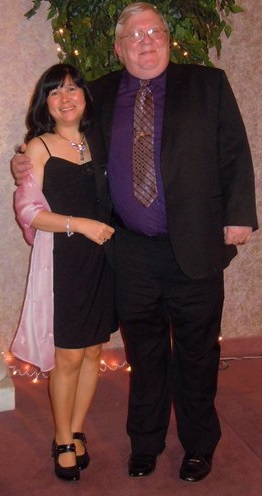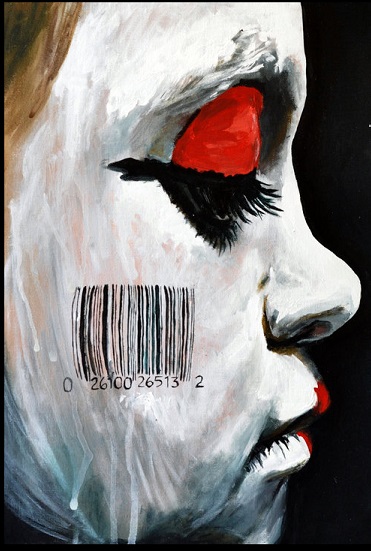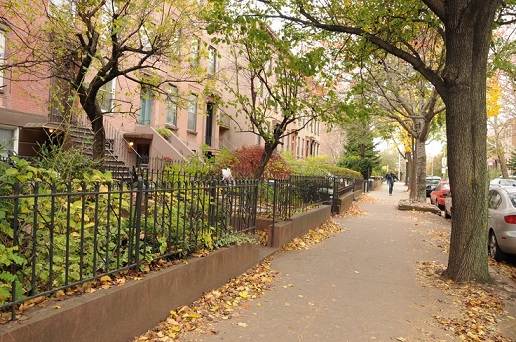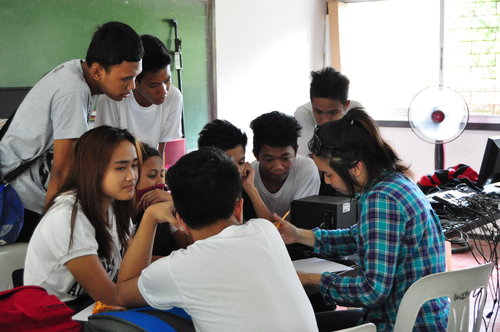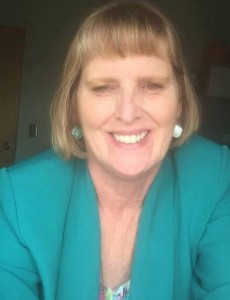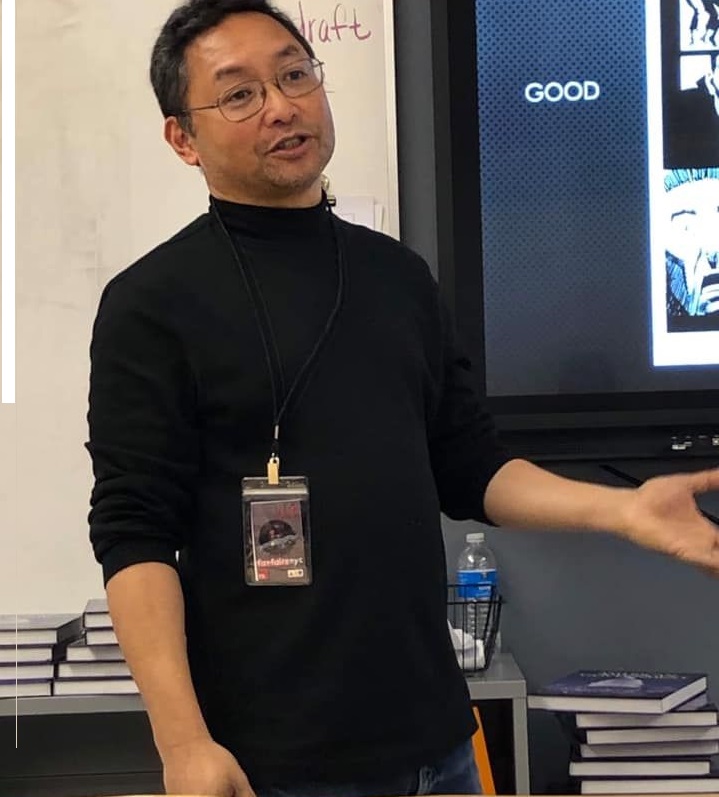Most people who commit violence do not have mental illnesses

By Julia Tong
“It’s important for the public to keep in mind that the majority of folks with mental illness do not have any violent tendencies,” says clinical psychologist Dr. Michi Fu, who specializes in cross-cultural mental health issues.
That assertion aligns with findings from organizations including the American Psychological Association and MentalHealth.gov which agree that most people who commit violence do not have mental illnesses.
Fu says misconceptions surrounding those with mental health challenges can worsen the already heavy stigma around mental illness, potentially discouraging people from finding help. “There’s a lot of damage to be done if we continue to point towards mental illness as the reason why these people acted.”
The back-to-back mass shootings in Monterey Park and Half Moon Bay in late January came within just days of one another, the former claiming 11 victims and the latter seven—mostly migrant farmworkers. Both shooters were older Asian men, a rarity in an otherwise troublingly familiar narrative of mass shootings in this country.
Dr. Jenny Wang is a clinical psychologist and national speaker on Asian American mental health and racial trauma in immigrant communities and communities of color. She says prevailing misconceptions about people with mental illness—that they are more prone to violence—obscure the root causes of violence, from a lack of gun control legislation to issues of poverty, including food insecurity, housing and the need for a livable wage.
While not a direct cause of violence, these “systemic pressures,” Wang notes, can, in isolated cases, compound existing traumas that an individual is experiencing, making it “difficult to understand the consequences of their actions when they are under intense stress.”
And trauma can be experienced across entire communities, as is the case for many Asian Americans who in recent years have watched as members of their community have been the targets of often violent crime and racist attacks.
“In order for there to be trauma, you don’t actually have to be a direct recipient of that violence,” says Fu. “You can just engage in watching the media.”
Yet despite the prevalence of mental health challenges among Asian Americans, studies show they remain among the groups least likely to seek treatment. Carrie Zhang, who founded the Asian Mental Health Project (AMHP), says cultural taboos and language play a large role in preventing people from seeking help.
“Growing up, it was really hard to communicate things, not just because of stigma, but also because of language barriers,” recalls Zhang, who while receiving counseling and therapy in college says she struggled to open up to her family about her own mental health challenges.
The breakthrough moment came when she was interviewed about her experience by a Chinese-language publication. Zhang says reading her account in Chinese allowed her parents to connect their own experiences with hers.
“My dad was like, ‘You know, actually, I think I experienced anxiety too.’ And I was like, ‘Holy crap, (that’s) the first time he has ever talked to me about this,’” she recalls.
Recognizing the signs of mental illness in a loved one is an important first step toward providing support. Those signs include disruptions to daily functioning: unusual sleeping and eating patterns, being unable to get out of bed, social isolation, or mood swings. Signs that these symptoms have escalated into a crisis, however, include a preoccupation with ideas of dying, or speaking as if there’s no future.
Still, it can often be difficult to find culturally competent professional care for many immigrant communities. One option open to Asian Americans is to reach out to one of the handful of organizations dedicated to offering care to the community. These include the Asian American Psychological Association, Asian Mental Health Collective, Yellow Chair Collective, and Entwine Community.
Wang stresses, however, that pressuring people to find professional help can sometimes be counterproductive. She suggests that as an alternative first step community members can help to undo prevailing mental health stigmas by being more “vulnerable with the more human aspects of who we are.”
She continues, “When we do that, I believe that we give other people what I like to call the gift of going second. When I go first and share my story… it creates space for others to do the same,” she says. “It has that ripple effect within our community.”
Other approaches to addressing communal or personal trauma can include things like radical self-healing, community-based care, or volunteering, says Zhang. “It’s important for us to honor our own particular styles of self-care, and to keep in mind that being in community can be part of that.” – Ethnic Media Services

